






14 January 2016, 6.30pm - 8pm
Theatre Foyer, Basement, National Museum of Singapore
15 January 2016, 6.30pm - 8pm
Esplanade Theatre Studio Entrance
Asian Premiere
Price
Free Admission
First presented at Urban Art Space (Columbus, USA) in 2014, Cornering a Hare by Paige Phillips is a durational performance art piece within a solo exhibition that examined how ritual, through repetition and duration, plays a part in identity formation.
This anthropomorphic creature pulls from the hare's many representations throughout pop-culture and art history-symbolic examples include: trickster, Christ, fertility and the bearer of Spring, among others - to present a complex character who is simultaneously frightened and angry, innocent and dangerous.
It is unclear if he is placed in the corner as punishment or if he has been cornered as prey by an unknown force. He sits on his stool as if awaiting an answer, and confronts the passer-by with a quizzical gaze, hoping they can deliver an answer to his fate.
The title is inspired by the Chinese proverb, "Even a cornered hare will bite."
Paige Phillips' work is situated on the border between the performing and visual arts, and is primarily concerned with physical/mental endurance challenges and the recontextualization of rituals.
Sean says:
"Paige Phillips' works are mythical, metaphoric and minimal. Pull yourself away from the clutter and commotion and afford yourself the space to meditate on the hare."
Relationship to Art and the Animal
Though the proverb "Even a cornered hare will bite" can directly benefit someone handling hares, its real intention far exceeds the obvious: it is a warning that any person, no matter how meek, can become dangerous if pushed into extreme circumstances. Throughout time, humanity has used animals and their characteristics to depict human emotions and psychology as this proverb does. It can be seen across folktales of all cultures in which animals are the main characters, and in contemporary stories like Disney movies.
Cornering a Hare borrows from the ubiquitous representation of animal as man, and presents an anthropomorphic hare. He has been a powerful symbolic force throughout art history, and he has many embedded connotations. In this work, he draws simultaneously from his abundant representations to reflect a complex character who elicits a visceral response in our contemporary world.